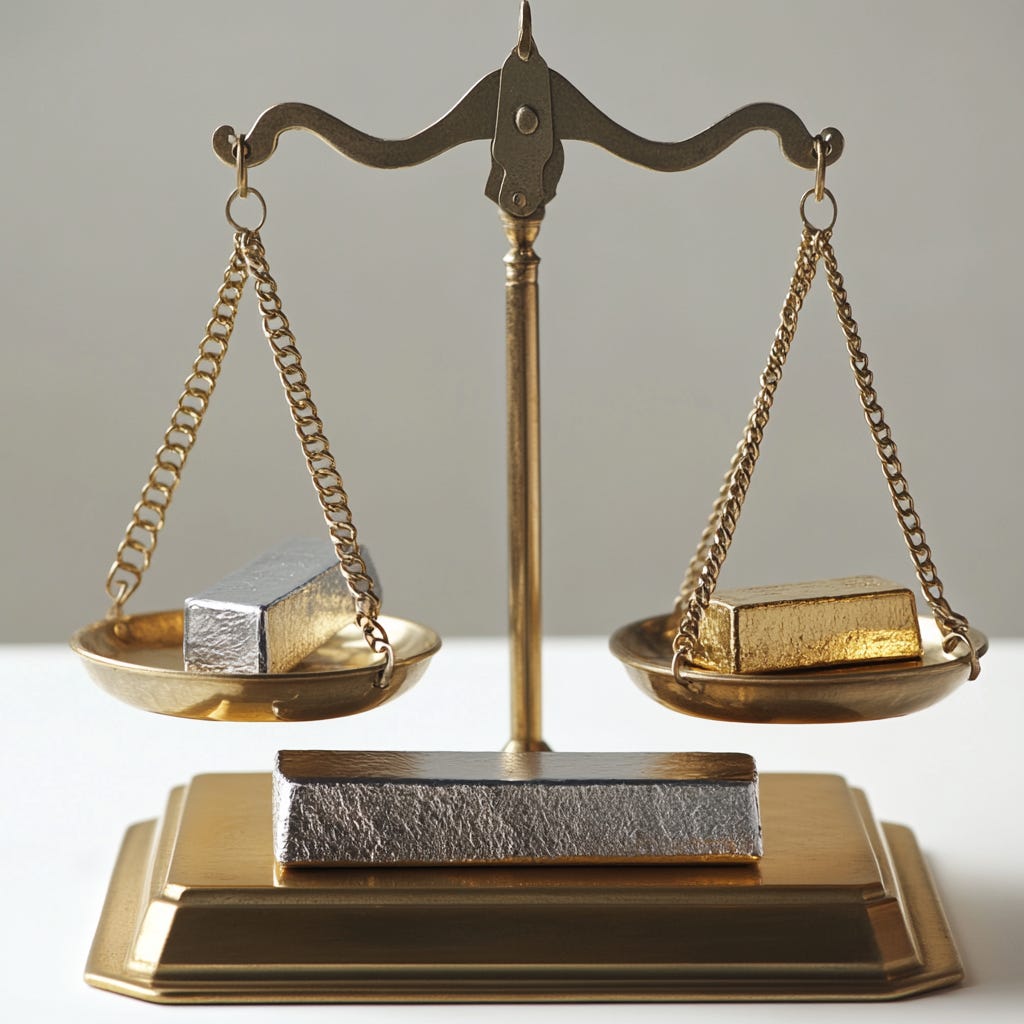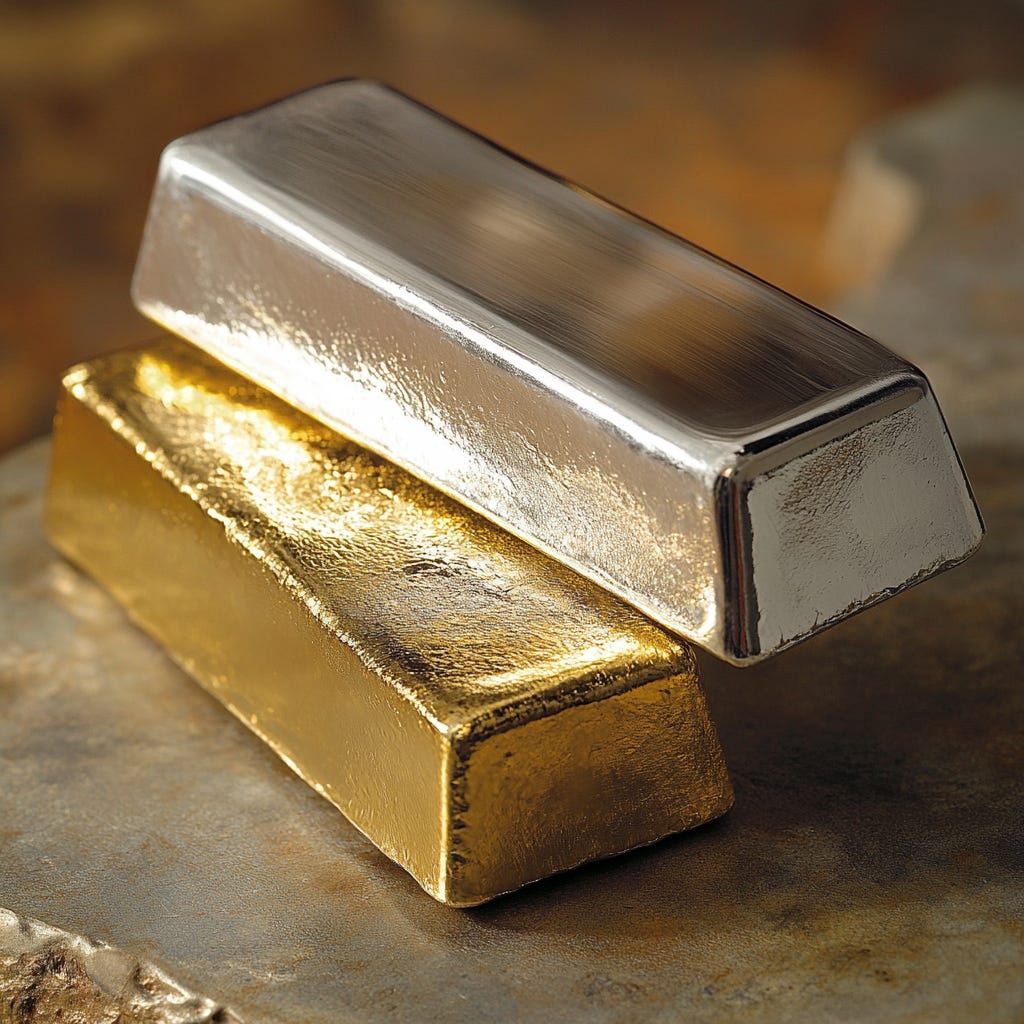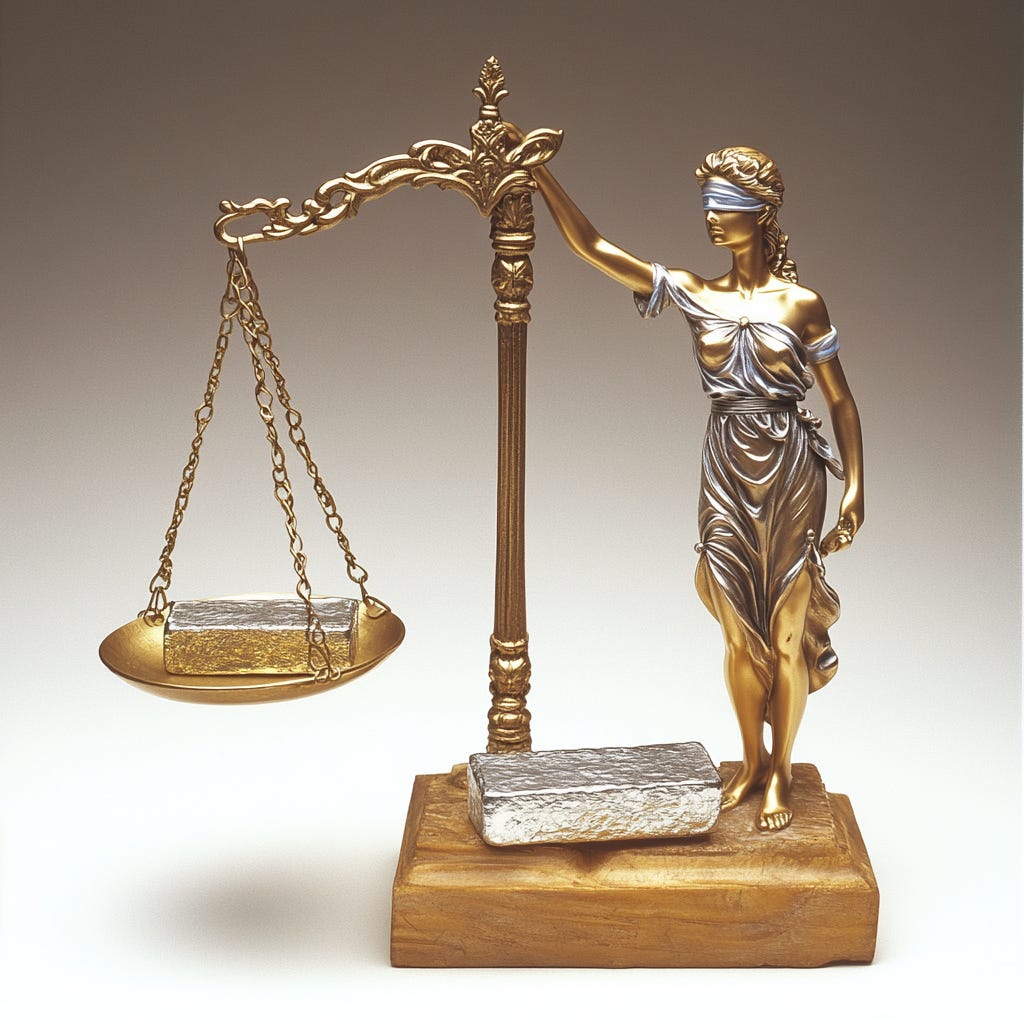Silver Over Gold: A Case for Strategic Investment
In the world of precious metals, silver and gold have long stood as pillars of value, stability, and wealth preservation. Both metals are lauded for their roles as hedges against inflation, safe havens during economic uncertainty, and as stores of value. However, when considering the suitability of these metals as investments, silver emerges as a more compelling choice for several reasons. These include its broader industrial applications, historical price performance, affordability, and potential for outsized returns. This essay explores these factors in depth, presenting a case for why silver is often a superior investment compared to gold.
1. Industrial Demand and Utility
One of the most significant advantages of silver over gold is its extensive industrial demand. While gold is primarily used in jewelry and as a financial asset, silver has a much broader range of applications. Silver's unique properties—high thermal and electrical conductivity, reflectivity, and antimicrobial characteristics—make it indispensable in various industries.
- Technology and Electronics: Silver is a key component in electronic devices, including smartphones, tablets, and computers. Its superior conductivity ensures efficient performance, making it irreplaceable in many modern technologies.
- Renewable Energy: The shift towards green energy has further boosted silver’s demand. It plays a critical role in solar panels, which are integral to the renewable energy sector. As the world increasingly adopts solar energy to combat climate change, silver consumption in this sector is expected to rise.
- Medical Applications: Silver’s antimicrobial properties are widely used in healthcare, from wound dressings to medical devices. This demand is less price-sensitive, providing a stable consumption base.
In contrast, gold's industrial usage is relatively limited. Approximately 10% of gold’s demand comes from industrial applications, whereas for silver, this figure is closer to 50%. This industrial reliance makes silver not only a monetary metal but also a vital commodity in global manufacturing and innovation.
2. Historical Price Performance and Volatility
Silver has historically exhibited higher price volatility than gold. While this may seem like a disadvantage to risk-averse investors, it presents a significant opportunity for those seeking high returns. During periods of economic expansion and industrial growth, silver’s dual role as an industrial and precious metal often results in substantial price increases.
- Price Ratio Dynamics: The gold-to-silver ratio, which measures how many ounces of silver it takes to buy an ounce of gold, has fluctuated widely over the years. Historically, this ratio averages around 15:1, but in recent decades, it has often exceeded 70:1, reflecting silver's undervaluation relative to gold. Investors who buy silver when this ratio is high can benefit from a reversion to the mean, potentially yielding significant gains.
- Market Corrections and Bull Runs: In past precious metal bull markets, silver has consistently outperformed gold in terms of percentage gains. For instance, during the 1970s, silver prices increased nearly 1,000%, while gold rose by around 500%. Similarly, in the 2010-2011 run, silver prices soared by over 400%, compared to gold’s 166% increase.
This higher volatility, combined with its potential for outsized returns, makes silver an attractive investment for those with a higher risk tolerance and a focus on capital appreciation.
3. Affordability and Accessibility
Silver’s lower price point compared to gold makes it a more accessible investment for a wider range of investors. This affordability is a critical factor for individuals who wish to enter the precious metals market but may be deterred by gold's higher cost.
- Portfolio Diversification: Because silver is more affordable, investors can purchase larger quantities relative to gold for the same amount of capital. This enables greater flexibility in portfolio diversification. For instance, owning physical silver in the form of coins or bars can provide tangible wealth security.
- Incremental Investment: Silver allows for incremental investments. Investors can regularly purchase smaller quantities without significant financial strain, which is less feasible with gold due to its higher price per ounce.
Affordability also makes silver an attractive option for governments and central banks in emerging markets, which may seek to diversify their reserves with precious metals without the steep costs associated with gold.
4. Inflation Hedge and Store of Value
Both silver and gold are renowned for their roles as hedges against inflation and currency devaluation. However, silver’s performance as an inflation hedge can be particularly potent in certain economic conditions.
- Supply Constraints and Rising Costs: Silver’s supply is more elastic compared to gold. Approximately 70% of silver is produced as a by-product of other mining operations, such as copper, zinc, and lead. This dynamic can lead to supply constraints, especially during periods of increased industrial demand or when base metal mining slows down. Coupled with rising costs and inflationary pressures, silver’s price tends to respond strongly.
- Tangible Asset in Times of Crisis: In periods of hyperinflation or economic collapse, silver’s lower price point makes it a more practical medium of exchange than gold. Historically, silver has been used as currency and is more easily divisible and tradeable in smaller denominations, which can be advantageous in a bartering system.
5. Environmental and ESG Considerations
In recent years, Environmental, Social, and Governance (ESG) considerations have become increasingly important for investors. Silver's role in green technologies, particularly in solar energy, positions it as a metal of the future. Investors looking to align their portfolios with sustainable and ethical investment practices may find silver more appealing than gold.
- Support for Renewable Energy: Silver is a cornerstone in the production of photovoltaic (PV) cells used in solar panels. As the global push for renewable energy intensifies, silver demand is set to benefit from long-term structural growth.
- Circular Economy and Recycling: Silver is also highly recyclable, and its role in a circular economy aligns with sustainability goals. Innovations in recycling technology are improving the efficiency of silver recovery, further enhancing its ESG profile.
Gold, while recyclable, lacks the direct link to sustainability-driven industries, making it less attractive to ESG-focused investors.
6. Market Dynamics and Supply Constraints
The silver market is relatively small compared to gold, which creates unique investment opportunities. Due to its smaller market size, even modest increases in demand can lead to significant price spikes.
- Production and Mining Challenges: The majority of silver production comes as a by-product of other mining activities. This dependency means that silver production is less responsive to price increases compared to gold. In periods of rising demand, supply constraints can amplify price movements.
- Investment Demand: Silver benefits from both industrial and investment demand. Exchange-traded funds (ETFs), coins, and bars are popular among retail and institutional investors. During economic downturns or periods of uncertainty, this dual demand can create a strong upward pressure on prices.
In contrast, gold’s larger and more liquid market is less susceptible to supply and demand imbalances, resulting in more stable but potentially lower returns.
The Strategic Case for Silver
While gold remains a cornerstone of wealth preservation, silver offers unique advantages that make it a more suitable investment for many. Its critical role in industrial applications, potential for higher returns, affordability, and alignment with sustainable development all contribute to its investment appeal.
For investors seeking growth potential alongside stability, silver provides an excellent balance. Its historical performance during precious metal bull markets underscores its capacity for significant capital appreciation. Meanwhile, its indispensable role in technology and renewable energy ensures a robust demand foundation.
In a diversified portfolio, silver not only complements gold but also offers distinct advantages that cater to a broad spectrum of investment strategies. As the global economy evolves and new technologies drive industrial demand, silver’s strategic value is likely to increase, solidifying its position as a superior investment choice over gold.



